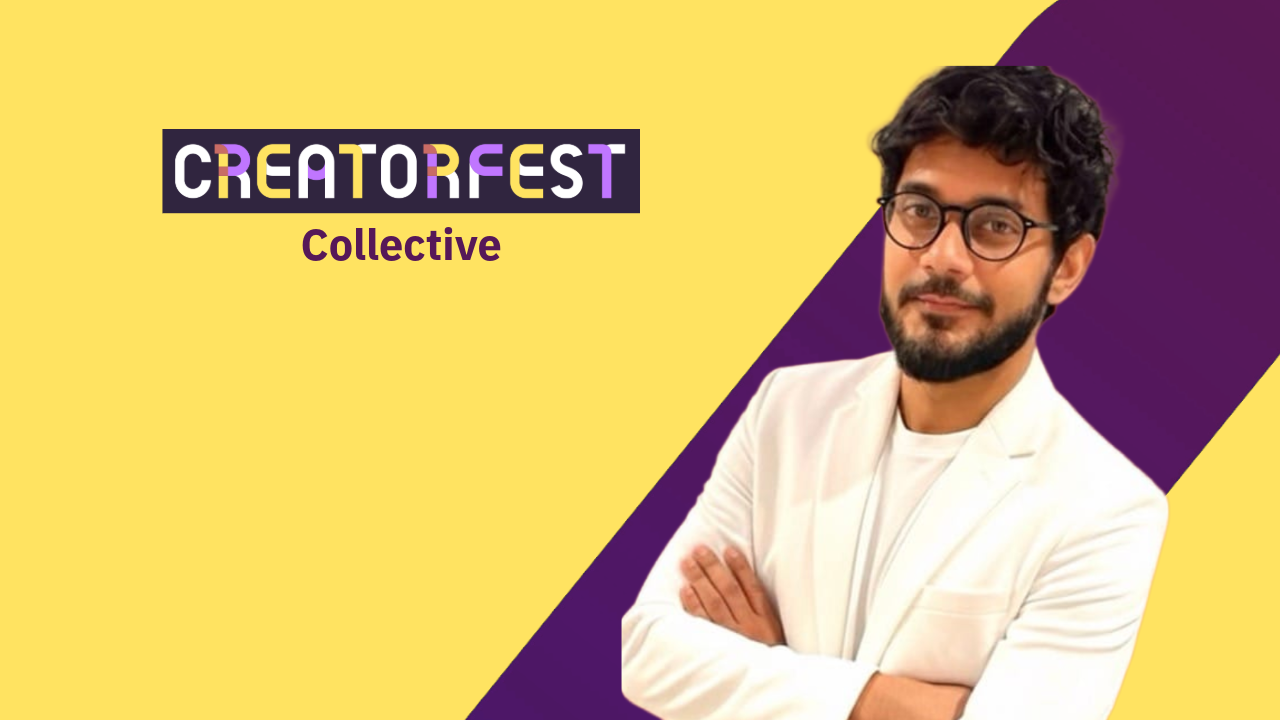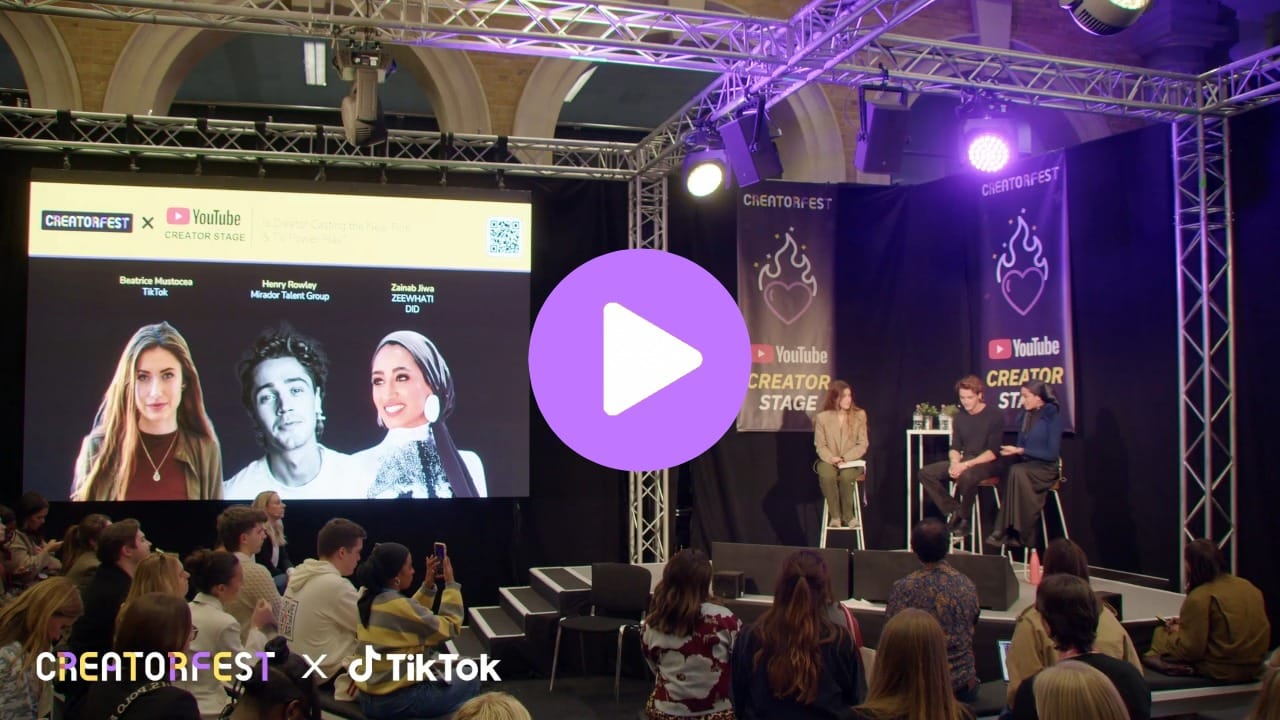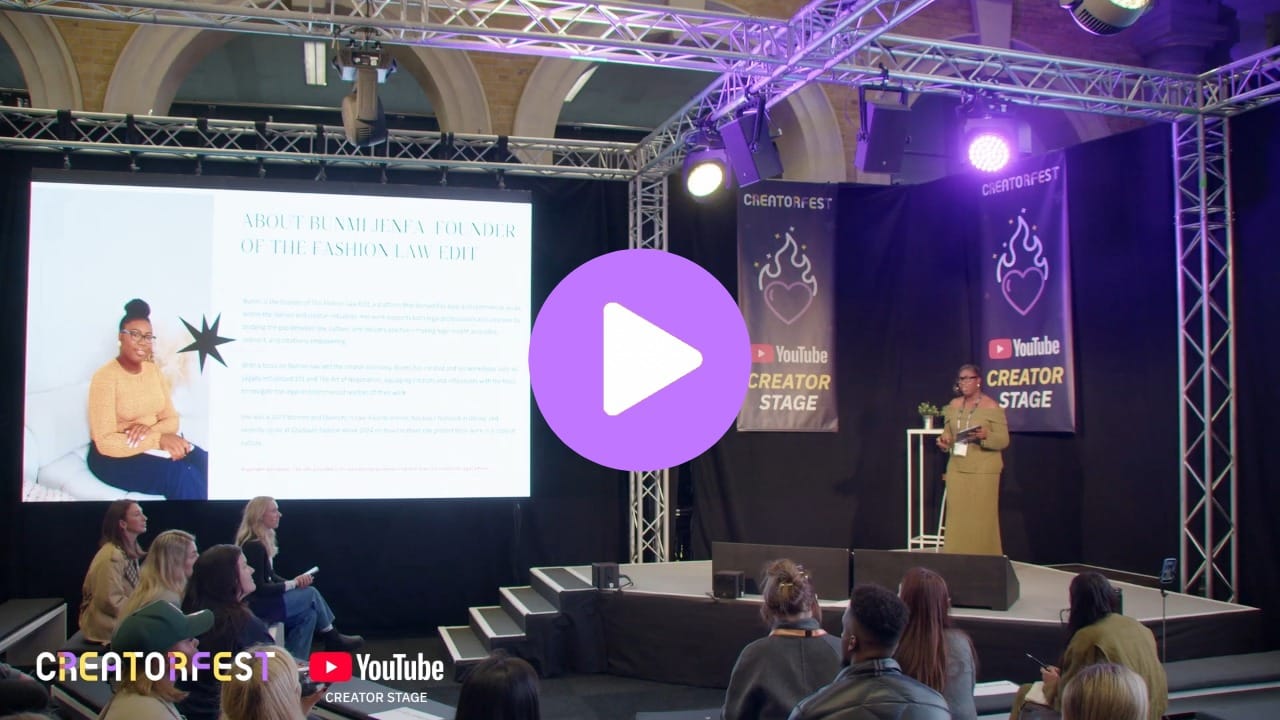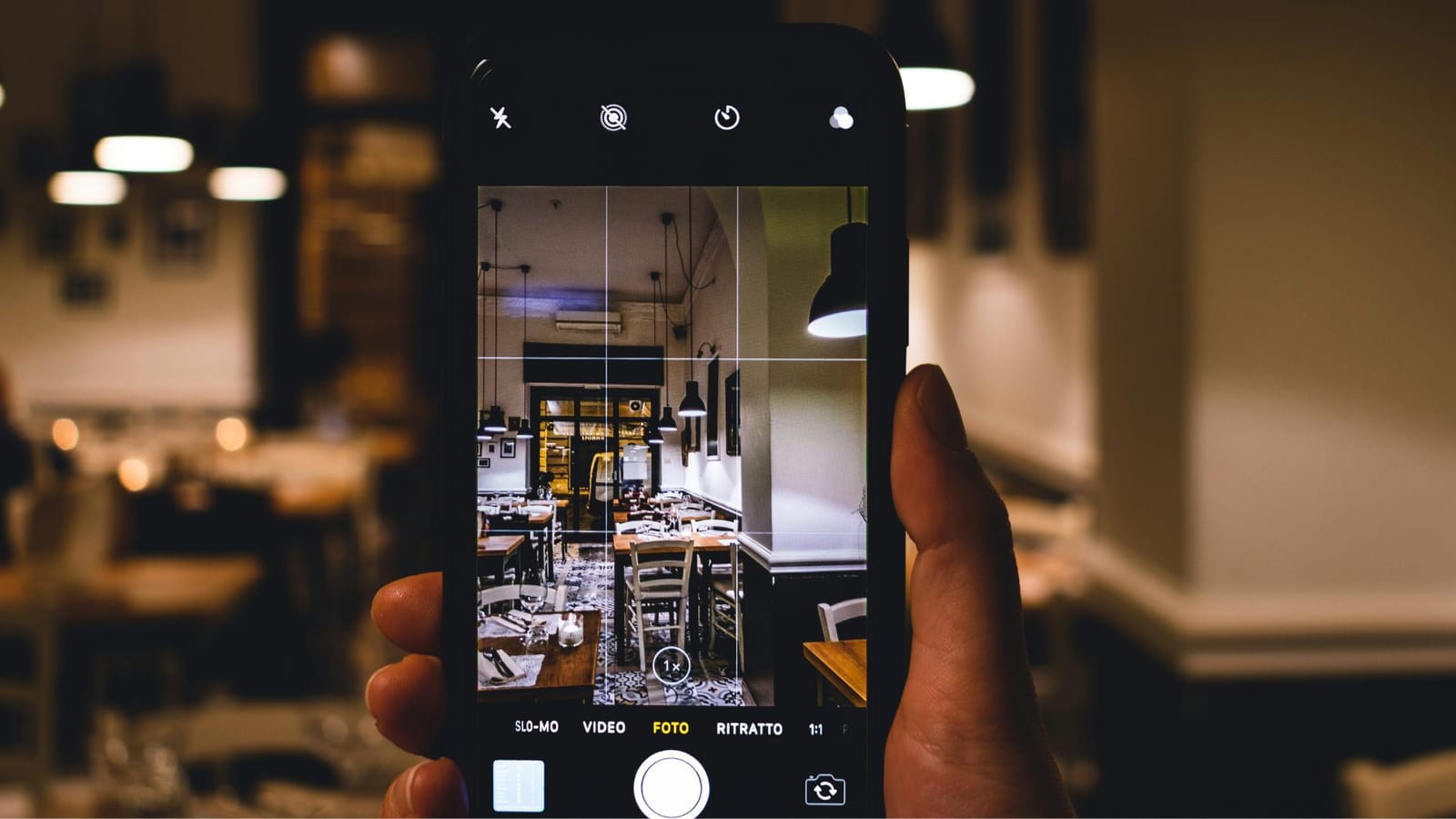Over the past few years, some of the world’s largest brands have shifted their influencer marketing strategies from one-off celebrity endorsements to multi-layered, data-driven programs, achieving ROIs in the range of 3× to 10× on their influencer spends. The rise of creator economies in multiple regions, coupled with advanced analytics and content repurposing, is helping global brands scale trust, authenticity, and sustained engagement. These shifts are especially visible in categories such as Technology, Beauty & Cosmetics, Apparel & Fast Fashion, Streaming & Entertainment, Automotive & Tech Gadgets, and FMCG.
Big global streaming and entertainment platforms are now earning hundreds of millions in "earned media value" from influencer content each year, driven by creators reviewing shows, discussing new releases, or reacting to pop culture moments. Rather than relying purely on paid reach, these companies retain a high percentage of creators from year to year to build familiarity and deeper brand affinity. In many cases, the EMV delivered grows 80-100% year over year as creators become more embedded in the brand story and content becomes more aligned with community interests. In the Beauty & Cosmetics and Apparel & Fast Fashion verticals, brands are increasingly investing in nano- and micro-influencers (1,000-100,000 followers) rather than mega-celebrities. One global fashion player activated over 200+ micro creators spread across different countries, producing localized “shop the look” content, and saw click-through rates 40-50% higher than their banner or display advertising. Another beauty brand’s campaign using micro creators with authentic unboxing, product demo, and tutorial content achieved upward of 6× return on ad spend, with customer acquisition cost dropping by nearly 30% compared to previous macro-influencer driven campaigns.
Technology and gadgets brands are also adopting performance-influencer strategies: creators who deeply review user experience, compare product features, and share honest feedback. Such content often delivers higher conversion rates. One tech brand saw a 25% uplift in sales during product launch weeks when pairing reviews from respected tech creators with short-form video influencers. Affiliate links, discount codes, and content optimization played major roles in amplifying sales from these efforts, with many campaigns delivering ROI between 5× and 8×. Streaming platforms and entertainment brands (movies, shows, series) are transforming influencer content into owned media assets—they repurpose influencer reviews, reaction videos, “watch parties,” and memes across their own social channels. This multiplies reach far beyond initial posts. One global platform grew its influencer-driven EMV to over $300 million in a year, more than doubling from the prior year. Creator retention, content diversity (reviews + creator commentary + fan art), and leveraging pop culture moments (trends, challenges, virality) are key pillars for that growth.
Lastly, Big FMCG / Consumer Electronics / Food & Beverage brands are combining micro influencer networks with regional and localized creators to tap into niche markets. For example, they launch campaigns targeting country-specific or even city-specific creators speaking in local languages, using humor, culture, regional festivals. These campaigns often yield 20-35% increases in sales in target markets, especially during seasonal peaks.
The key new math is: small budgets across many relevant creators + rich measurement + content reuse + long-tail impact = more sustainable brand growth than relying solely on macro celebrity blasts.
If this conversation resonated, imagine the energy of being in the room with hundreds of creators, brands, and industry leaders all tackling the same challenges together. At CreatorFest you’re not just listening - you’re part of the community shaping what comes next.
Don't miss your chance to join the movement.






